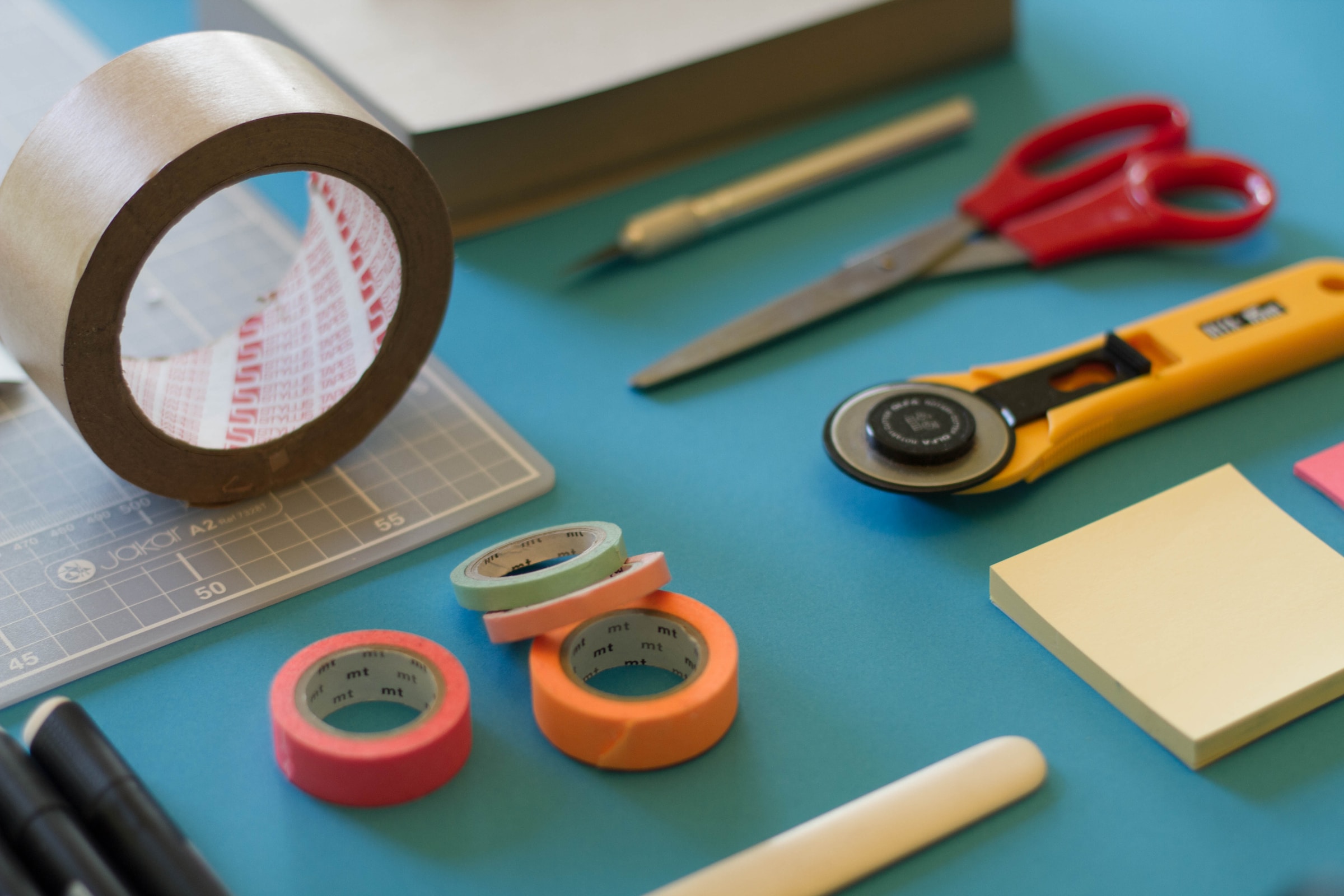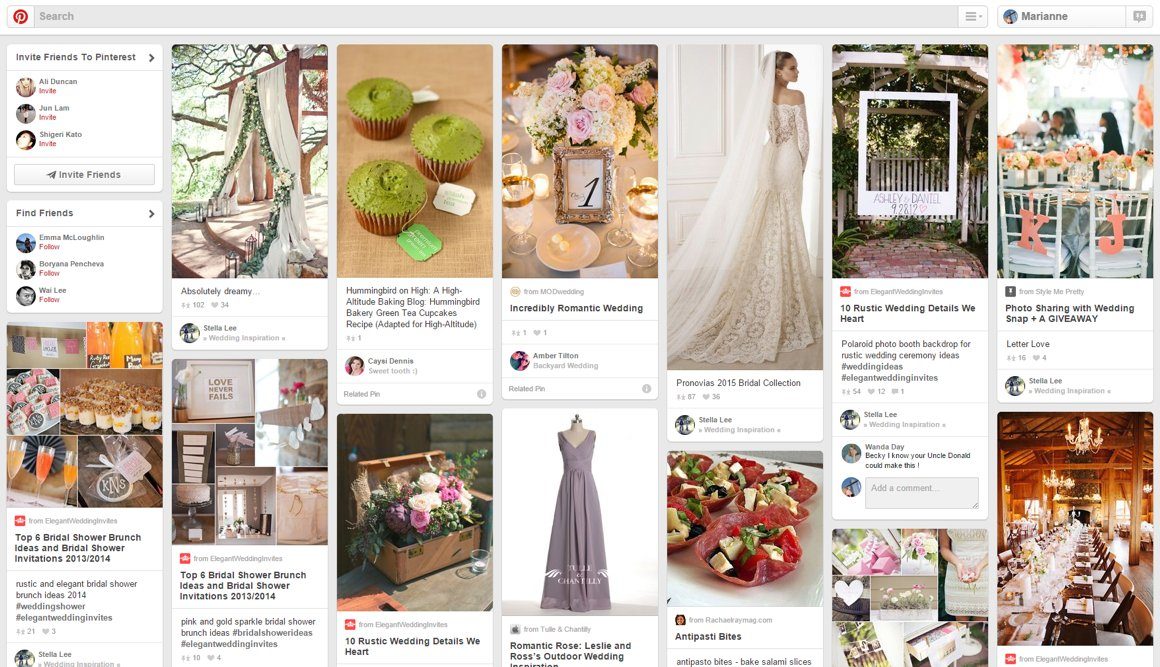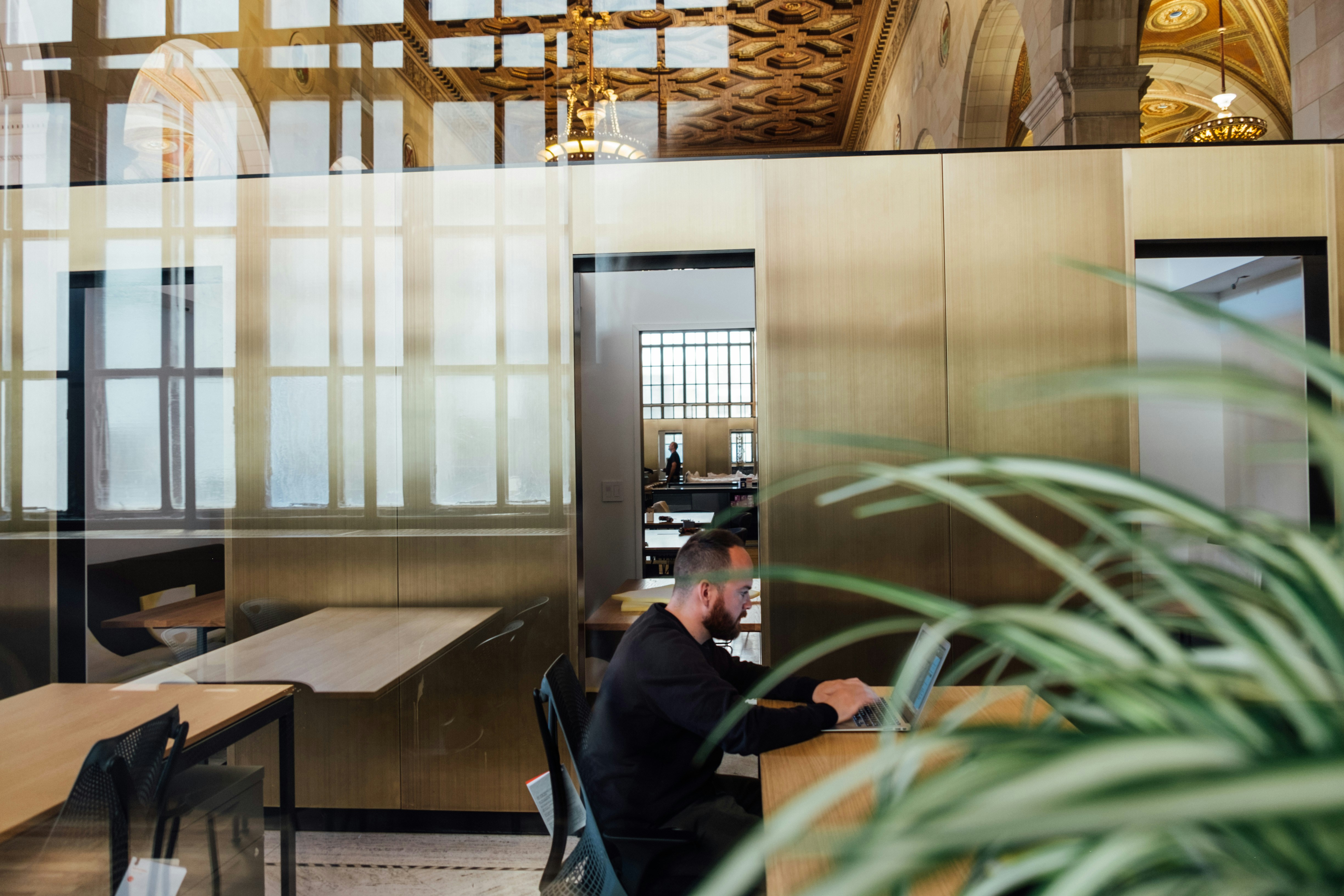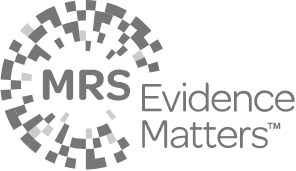


This article looks into the different moodboard apps and services, and how they could be used to help people actually buy some of the items they’ve been googling over.
It’s been a bit of a bumper year for me this year (engagement, first time house buying *cue fist pump*)… These events have had a direct correlation to the amount of time I’ve spent on services like Pinterest. Collecting ideas and potential products into one easily observable place has been a mostly enjoyable experience, but why should the journey stop there?
Using moodboards
Personally, I find it really useful capturing ideas in one place. It’s a helpful way to clear your head so you can come back to it later. Pinterest is a particularly useful tool for this as most sites have a direct button to store pictures on your boards, with a link directly back to the site that you got it from. It also picks up on keywords of pins you’ve be searching for, so your homescreen is automatically updated to show more relevant content (*cue more pinning*).

For a long time Pinterest has been a great tool for marketeers. Visual content is more engaging and much easier to process, and it’s already been proven to drive more referral traffic than Google+, YouTube and LinkedIn combined. However, being someone who has recently used moodboards a lot, I can’t help thinking that more could be done to help people move from ideas to purchase by helping them make their mind up.
Seeing it together
One of the hardest things of using an unmanaged magpie approach to collecting pretty things, is that after a while you realise you can’t see the woods for the trees. I found this was the case when thinking about decorating or planning for the wedding theme. Which led to me creating my own moodboard using Adobe Illustrator. Using Illustrator let me enlarge the images and add elements that I thought were more important. It allowed me to see ideas next to each other, helping me come to my decision about colours and styles.

A moodboard made from Pinterest pins manually.

The wedding pinboard from Pinterest with links to content.
Although I prefer the manually produced mood board, it has the draw back of having no URL link to the images I’d combined. So how could I actually get back to the information stored with those images without masses of scrolling and searching? By creating something to help me make my mind up, I’d also pretty much brought myself back to square 1.
Morpholio App
There are several moodboard apps out there, but I think I struck gold with the Morpholio Board . It looked like what I wanted and you could store product information within the app.

I think the idea for this app is pretty sound. It lets you see your collected images together in one place and each image is still linked back to the website you found it from. It took me a while to get the hang of it, but I found I could add my own camera images, add from Pinterest or start a fresh Google search.
From browse to buy
It’s probably clear to you right now that I think moodboards are great, but they’re only useful at saving ideas. There’s real opportunity with moodboards to help users make decisions with purchases and to push them into the conversion funnel. A great example can be found on several recipe websites that allow you to buy the full recipe list without ever leaving the site. So why not use moodboards to take those images one step further to create live shopping lists and wish lists.

.jpg)
By offering smart features such as lookalike items (for those coveted designer goods we couldn’t justify in a million years) to finding alternatives when what you want is out of stock. Moodboards are a great way to allow people to bring their ideas together to see if it works, and it can take a lot of the guess work out of online shopping. Whilst the likes of Pinterest is a great starting point for collecting ideas, it’s lacking the extra push needed to turn those pins into purchases. Working with apps like Morpholio, there’s great potential to turn people’s ideas into transactions.





Ben is on hand to answer your questions.


.jpg)

.jpg)
.png)



.svg)




.png)

